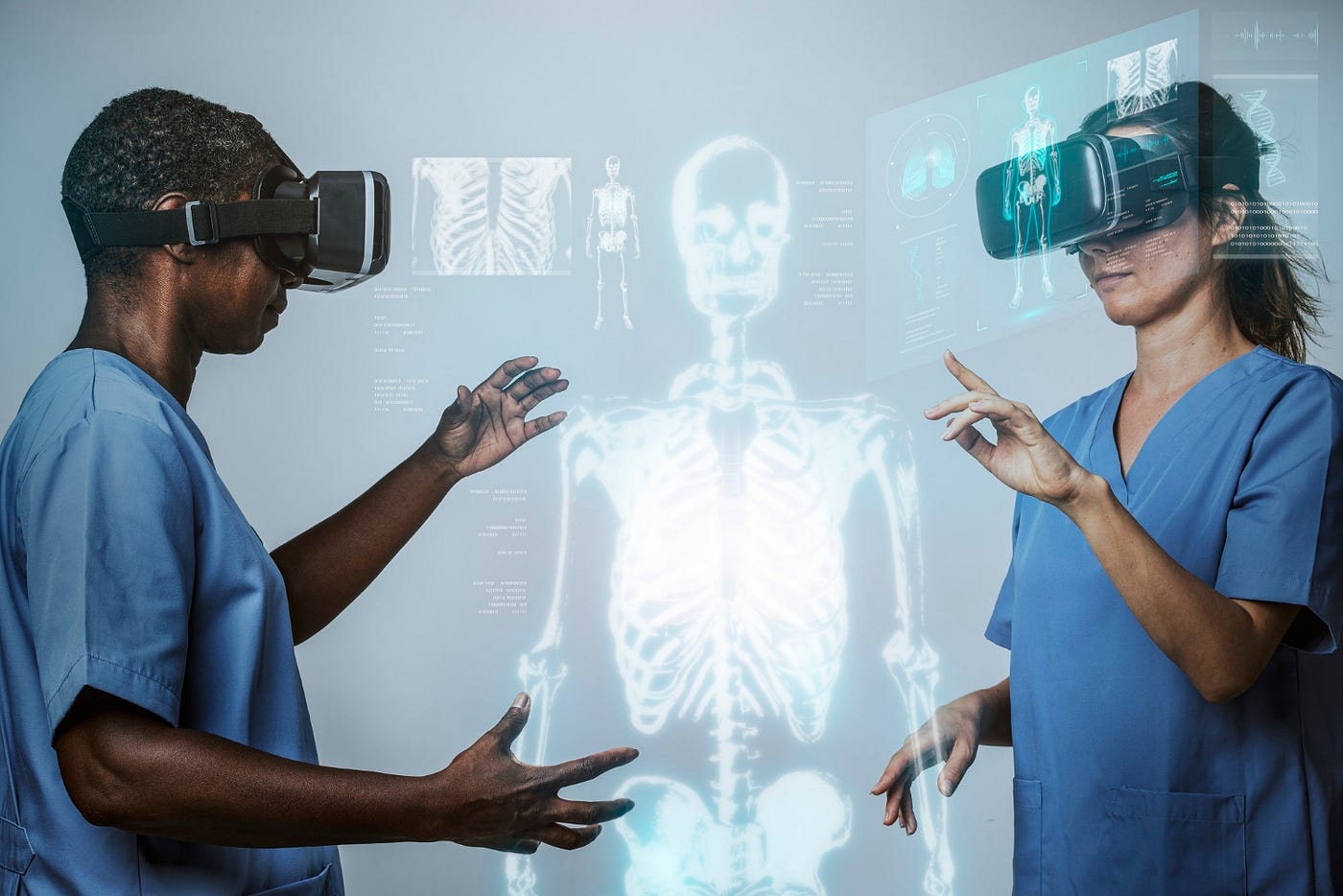
Diplomatic Doppelgängers: Digital Twinning for Global International Relations
The global digital twin market size is projected to reach USD 155.84 billion by 2030, registering a CAGR of 35.7% from 2024 to 2030.
According to a new study by Grand View Research Inc., this growth is driven by increasing public and private investments in enterprise digital transformation solutions.
Digital Twins have permeated many industries, such as Manufacturing, Automotive and Transport, Energy and Utilities, Healthcare and Life Sciences, Aerospace and Defense, and Telecommunications. They are also foundational for rising immersive realities like the Metaverse and the industrial Omniverse™, and it would be intriguing to explore how they could revolutionize international diplomacy. This untapped potential presents a fascinating frontier where virtual replication meets global statecraft, offering unprecedented opportunities for simulation, analysis, and strategic foresight in diplomatic endeavors.
We introduce a novel concept of Digital Twinning for Diplomacy and we propose that it could profoundly transform international relations, shifting power dynamics in the diplomatic arena. This innovative solution could reshape, recalibrate, or even redefine diplomacy as we stand at the cusp of this new era, where scientific breakthroughs, advanced technologies, and tectonic shifts in the global geopolitical landscape are converging.
A digital twin is a virtual representation that serves as the real-time digital counterpart of a physical object or process. NVIDIA's digital twins are AI-powered, realistic models that can be used to design, simulate, and optimize products, equipment, and processes. This sophisticated construct is characterized by its ability to simulate, predict, and optimize the performance of its physical analog through the continuous integration and analysis of sensor data, historical information, and domain expertise. The digital twin paradigm extends beyond mere simulation, encompassing a multidirectional flow of information that enables real-time monitoring, diagnostics, and prognostics.
In diplomacy, a digital twin could be conceptualized as a high-fidelity model of the complex global diplomatic landscape, incorporating multifaceted data streams from various sources to create a dynamic, evolving representation of the social, political, economic, and foreign affairs ecosystem. This virtual diplomatic ecosystem could serve as a testbed for policy formulation, national strategy optimization, and risk assessment in a highly volatile global arena.
The convergence of digital twins with AI, blockchain, 6G, web 3, satellite internet, or quantum computing could create more sophisticated predictive diplomacy models. By combining historical data and real-time inputs, these models could forecast geopolitical trends, economic fluctuations, and potential conflict scenarios with increasing accuracy. This predictive capability would be invaluable for proactive diplomacy and strategic planning in an increasingly complex global landscape.
Digital twins dynamically integrate data to support various diplomatic types, including cyber-ethics diplomacy™, net-zero diplomacy, global health diplomacy, multigenerational diplomacy™, and deep tech diplomacy. Digital diplomatic twinning could offer strategic intelligence to inform public policy, economic planning, and international agendas like the UN 2030 and 2050 agendas. This integration could enhance decision-making by providing insights into complex global issues, fostering proactive and informed diplomatic efforts across multiple vital domains.
The introduction of digital twinning in diplomacy would also demand a paradigm shift in the education and training of future diplomats. To effectively leverage these advanced technological tools, these nouveaux diplomats would have to develop a Multi-Dexterous Diplomacy™ style that would combine traditional statecraft with cutting-edge technical proficiencies and a forward-thinking mindset to address the grand challenges facing humanity in the phygital age. By enabling and empowering the next generation of diplomats to operate at the intersection of technology, policy, and human relations, digital twinning could drive innovation in international affairs and shape the Smart Diplomacy™ of the future.
As these technological frontiers continue to expand, digital twinning in diplomacy is poised for further innovation as we prepare for 2025, designated as the Year of Quantum by the United Nations. Ensuring responsible digital twins and quantum-enabled diplomacy will be our societal challenge and will require a synergistic investment in diplomatic training, cyber-ethics, and human-centric design.
Trending
-
1 Mental Health Absences Cost NHS £2 Billion Yearly
Riddhi Doshi -
2 Gut Check: A Short Guide to Digestive Health
Daniel Hall -
3 London's EuroEyes Clinic Recognised as Leader in Cataract Correction
Mihir Gadhvi -
4 4 Innovations in Lab Sample Management Enhancing Research Precision
Emily Newton -
5 The Science Behind Addiction and How Rehabs Can Help
Daniel Hall





Comments